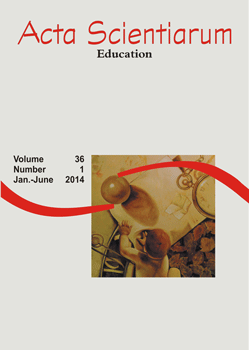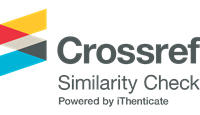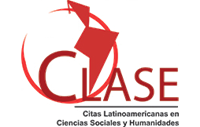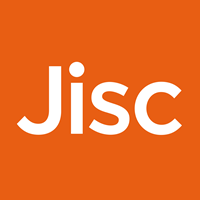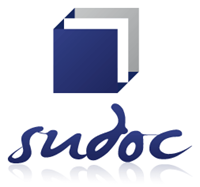<b>Homily and Christian education in Late Antiquity: body, church and city according to John Chrysostom </b> - doi: 10.4025/actascieduc.v36i1.
Abstract
Homilies, a hybrid genre of Literature, dated from the 2nd century and extensively used in the 4th and 5th centuries, were one of the main tools employed by the ecclesiastical elite to convert the urban population at the end of Antiquity. It was only by the Late Antiquity that homilies were largely used to broadcast the Gospel precepts before a growing audience. Since the Church could not count on schools to stabilize the newly converts from Paganism and Judaism, the Christian leaders developed proselytism and missionary actions based on an excellent use of rhetoric by means of skillful preachers. The author discusses how homilies contributed towards the spiritual formation of Christians, with special reference to the rules that regulated the usage of the body in the church by laypeople, in contrast to the modalities of bodily exposure in the polis. John Chrysostom's pastoral work and the special case of Antioch in the last decades of the 4th century will be investigated.
Downloads

This work is licensed under a Creative Commons Attribution 4.0 International License.
DECLARATION OF ORIGINALITY AND COPYRIGHTS
I declare that this article is original and has not been submitted for publication in any other national or international journal, either in part or in its entirety.
The copyright belongs exclusively to the authors. The licensing rights used by the journal are the Creative Commons Attribution 4.0 (CC BY 4.0) license: sharing (copying and distributing the material in any medium or format) and adaptation (remixing, transforming, and building upon the material thus licensed for any purpose, including commercial purposes) are permitted.
It is recommended that you read this link for more information on the subject: providing credits and references correctly, among other crucial details for the proper use of the licensed material.



